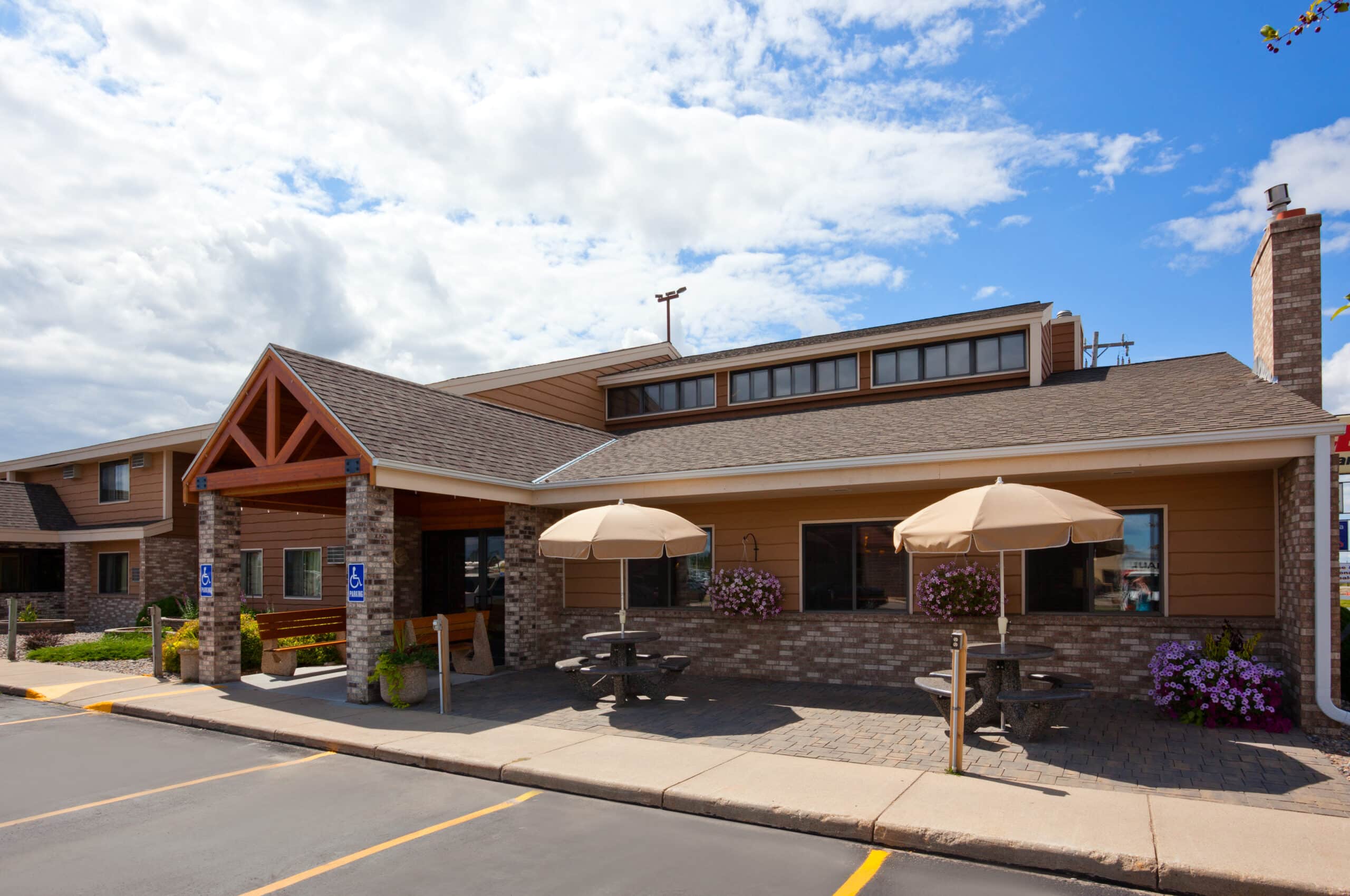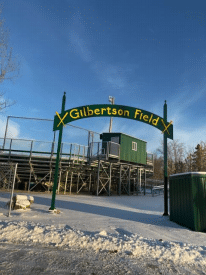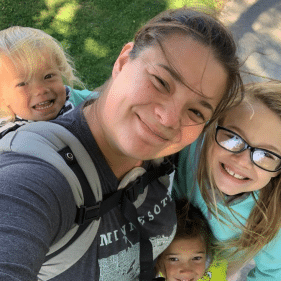WHEREAS, the virus named “SARS-CoV-2,” is a new strain of coronavirus that has not previously been identified in humans and can easily spread from person to person and named “coronavirus disease 2019,” commonly known as “COVID-19,” which is a respiratory disease that can result in serious injury or death; and
WHEREAS, on January 21, 2020 the first case of COVID-19 was detected in the United States; on March 6, 2020 the first case of COVID-19 was detected in the State of Minnesota; and as of March 16, 2020, there are thirty-five known cases of COVID-19 in Minnesota; and
WHEREAS, as of March 16, 2020, there are no confirmed cases of COVID-19 in the City or County of Roseau, however, the City of Roseau is preparing for the inevitable spread of COVID-19 to our region; and
WHEREAS, on January 31, 2020, the United States Department of Health and Human Services Secretary Alex Azar declared a public health emergency for COVID-19, beginning on January 27, 2020; and
WHEREAS, on March 13, 2020, President Donald Trump declared that the COVID-19 outbreak in the United States constitutes a National Emergency; and
WHEREAS, on March 13, 2020, Governor Tim Walz declared a Peacetime State of Emergency to authorize and all necessary resources to be used in support of the COVID-19 response; and
WHEREAS, as of March 15, 2020 the World Health Organization Situation Report confirmed a total of 153,517 cases of COVID-19 in over 135 countries, including 5,735 deaths, and as of March 15, 2020 a total of 35 cases of COVID-19 have been reported in Minnesota, and
WHEREAS, COVID-19 has been identified by the World Health Organization as a pandemic, and the Untied States Centers for Disease Control has provided guidance for individuals, healthcare professionals, and businesses to slow the spread of COVID-19, which include canceling or postponing in-person events that involve more than fifty people for eight weeks, and
WHEREAS, the City of Roseau personnel has been preparing for weeks, working diligently with local, state, and federal partners to maintain situational awareness and respond to COVID-19; and
WHEREAS, local cases will trigger a more aggressive public health response and are predicted to impact residents of Roseau and those who work in or travel through the City, including City employees; and the need for social distancing, school closings, and quarantine methods to stop the spread of COVID-19 is expected to cause significant challenges, and
WHEREAS, implementation of basic precautions of infection control and prevention, including staying home when ill and practicing respiratory and hand hygiene are necessary to slow or prevent the spread of COVID-19 and
WHEREAS, COVID-19 is a communicable disease with significant morbidity and mortality, and presents a severe danger to public health: and
WHEREAS, the City of Roseau advises all its residents to follow Minnesota Department of Health guidance. City residents should regularly check MDH’s COVID-19 webpage: www.health.state.mn.us/diseases/coronavirus/ and
WHEREAS, the City Council called for and held an emergency council meeting on March 16, 2020 at the Roseau City Council Chambers to discuss the response to COVID-19; and
WHEREAS, the Roseau City Council and personnel find that this situation threatens the health, safety, and welfare of the citizens of the community and will cause a significant impact on the ability of public safety personnel to address any immediate dangers to the public as a result of COVID-19; and
WHEREAS, the City Council finds that traditional sources of financial aid, assistance and relief will not be able to compensate for the potential impact of COVID-19, and have determined that the necessary resources to respond to and recover from this pandemic will exceed those resources available within the City of Roseau, and additional resources will be needed from Roseau County and state and federal sources.
NOW, THEREFORE, MAYOR JEFF PELOWSKI OF THE CITY OF ROSEAU PROCLAIMS, DECLARES, REQUESTS, AND DIRECTS AS FOLLOWS:
- Under the authority given by Minnesota Statutes, Section 12.29, declares that a local emergency exists within the City of Roseau, effective March 16, 2020, with all the powers and responsibilities attending thereto as provided by Minnesota Statutes, Chapter 12, and further proclaims that such emergency constitutes a declared emergency as provided by law.
- Directs City Staff to review ordinance and regulatory requirements, operations, civil and legal proceedings, events, and resources to determine whether the foregoing should be adjusted or suspended, and to make recommendations regarding additional emergency regulations to support the employees and residents of the City of Roseau.
- Directs all City departments and offices to operate and support the response to this incident,under the direction and coordination of appropriate city personnel, including implementing new employee protocols, strategies, and processes to ensure that public services are maintained.
- Directs the appropriate City staff to request and coordinate appropriate aid and resources from surrounding jurisdictions, Roseau County, the State of Minnesota, and the Federal government, as needed.
- Declares, under Minnesota Statues, Section 13D.021, that in-person meetings of the City Council, Planning Commission, and other advisory commissions of the City of Roseau are not practical or prudent due to the COVID-19 health pandemic and the peacetime emergency declared by Governor Walz pursuant to Minnesota Statutes, Chapter 12, and hereby directs that meetings of the City Council, Planning Commission, and other advisory commissions of the City shall be conducted by telephone or other electronic means, and hereby directs City Staff to take such action as may be necessary to enable such meetings to occur via telephone tronic means pursuant to Minnesota Statutes, Section 13D.021, until such time as it is no longer impractical or imprudent for the City Council, Planning Commission, and other advisory commission to resume in-person meetings.
- This emergency declaration shall continue for a period of three (3) days from its effective date of March 16, 2020, unless further extended by or with the consent of the City Council pursuant to Minnesota Statutes, Section 12.29, subd. 1.
- Orders that this declaration be given prompt and general publicity.
THAT FOLLOWING THE PROCLAMATION BY MAYOR PELOWSKI, THE ROSEAU CITY COUNCIL RESOLVED TO EXTEND THE EMERGENCY DECLARATION AS FOLLOWS:
- That pursuant to Minnesota Statutes, Section 12.29, subd 1. the City Council for the City of Roseau hereby consents that the three (3) day period for the emergency declaration shall be extended until such time that a declaration or resolution is given by the City of Roseau terminating said emergency declaration.
- That this resolution extending the emergency declaration shall be given prompt and general publicity and that it be filed promptly by the City Clerk-Treasurer.
Dated this 16th day of March, 2020
Mayor
This Motion for Resolution to extend the emergency declaration made by Councilperson Pat Novacek was seconded by Councilperson Jane Evans, and upon a vote being taken, the following voted in favor: Mayor Jeff Pelowski, Councilpersons Pat Novacek, Jane Evans, Amy Bassingthwaite, Brady Johnson.
The following voted against the same: NONE.
The following abstained: NONE.
The following were absent: NONE.
were Adopted by the Council this 16th day of March, 2020.
EFFECTIVE DATE: March 16, 2020.
Mayor
ATTEST:
Ehalt Carbow
City Clerk-Treasurer
I hereby certify that the foregoing emergency declaration and resolution is a true and correct copy of the original emergency declaration declared by Mayor Pelowski and resolution adopted by the City Council of the City of Roseau on March 16, 2020.
sakit lalson Elizabeth Carlson, City Clerk-Treasurer, City of Roseau, Minnesota
CLICK HERE TO VIEW THE ORIGINAL DOCUMENTS











